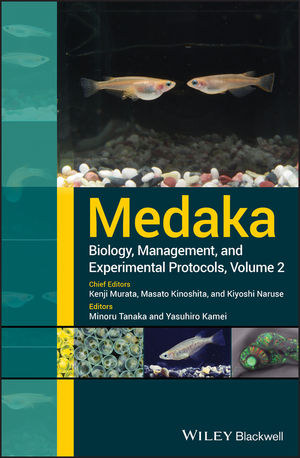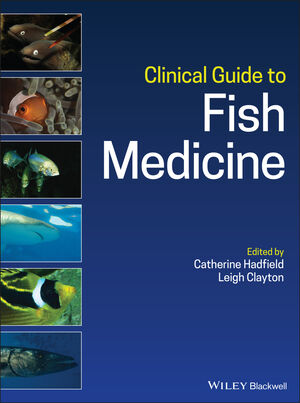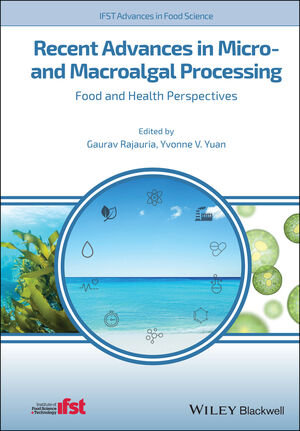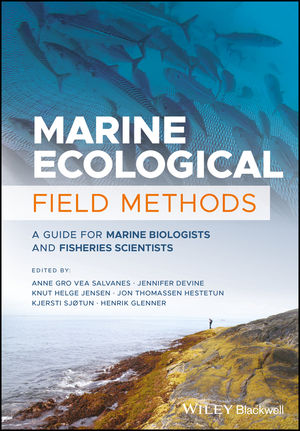
Features
Disease Management
Fish Health
Hatchery Operations
how-to
Hatchery Hack: How to respond when a disease hits your hatchery
April 17, 2025 By Nicole Kirchhoff
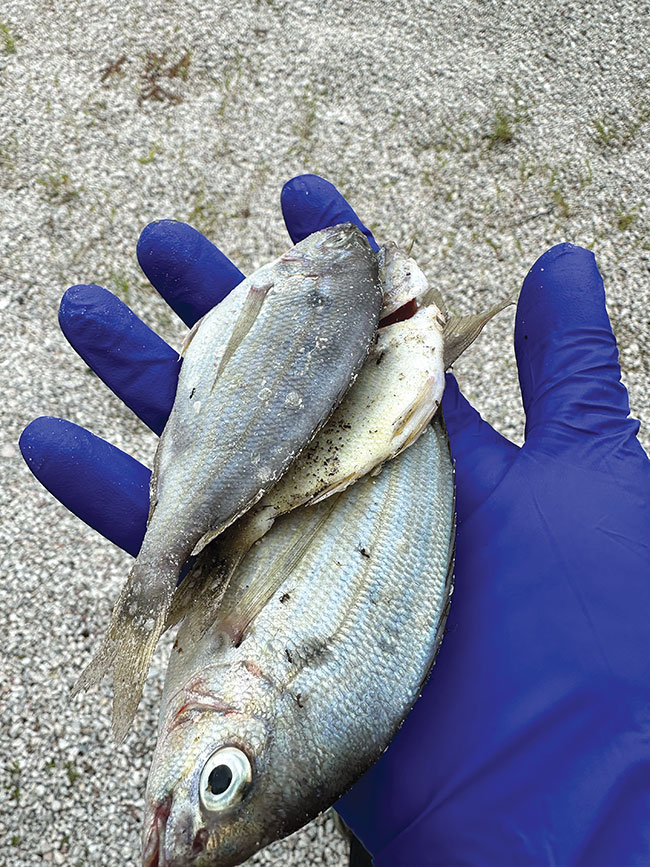 Photos: Nicole Kirchhoff
Photos: Nicole Kirchhoff If you have been in the game long enough, you have experienced the nightmare of arriving to do morning checks and finding dead or dying fish in your tank(s). Disease can happen to even the most prepared, and the most biosecure of facilities. So it is best to be prepared. And better yet, train your staff so you can save as much as possible in both stock and money.
Step #1: Isolate
If you are lucky and very observant, you may only have one or two tanks showing any symptoms. Early detection is always key. Numerous times a day staff should be personally watching plants and animals in each tank, whether during hand feedings, dissolved oxygen (DO) checks, or routine morning and afternoon system checks.
Going off feed, flashing, being in a different part of the water column than normal, cloudy water, DO or water chemistry changing suddenly, can all be signs something is wrong. And immediately staff should isolate.
First, identify which tank(s) or system(s) may be affected. Then isolate those from the rest of your farm. This may mean temporarily turning off incoming water to the tank so it doesn’t recycle back into the system, diverting discharge water to a different holding tank, and stopping feeding and movement from stock from one tank or system to another. Do whatever you can do safely to isolate and stop the spread while you investigate.
Step #2: Identify
Now time to identify what is wrong. Most farms should have a list of potential diseases that may impact their facility. From ammonia toxicity to harmful algae to bacteria, viruses, and parasites, a good biosecurity plan should also help staff identify what may also have gotten into your farm.
Samples should carefully be taken of both water and plants or animals impacted. If possible, moribund, meaning dying but not yet dead, should be sampled. We have a special quarantine desk area at our facility where investigations can take place, meaning where we can take water and fish samples for processing when investigating potential diseases.
Water should be processed to ensure it is within optimal range for nutrients, pH, alkalinity, etc. The infected animals or plants are examined macroscopically and microscopically for anything abnormal.
If you are lucky, you can identify what is wrong yourself. If not, your veterinarian should be contacted. It is often best to do the initial investigations of water chemistry, moribund sample inspection, and how much of your farm was impacted before contacting your vet, as the more information you can provide to them, the better their advice can be. They may also need to come to get samples to identify the cause.
Step #3: Treatment and hopeful eradication
Sometimes you are lucky and the disease is something easily treatable. For example, maybe the water chemistry changed because of equipment failure, the tank was over or underfed by accident or the biofilter not working as it should, and just doing water changes and cleaning will solve the problem.
 But sometimes you aren’t as lucky and it is something that requires treatment, like a bacterial, viral, or parasite infection. This is where having a good, experienced veterinarian is useful, as well as a well-thought-out biosecurity plan with treatment options for each potential threat that your farm may encounter so you are prepared.
But sometimes you aren’t as lucky and it is something that requires treatment, like a bacterial, viral, or parasite infection. This is where having a good, experienced veterinarian is useful, as well as a well-thought-out biosecurity plan with treatment options for each potential threat that your farm may encounter so you are prepared.
Every country has laws outlining what treatments are legally available for a disease. There are unfortunately many diseases where there are no legal treatments available or the treatment is too costly or will take too long to arrive at your farm to be effective. Talking over the strategy with your vet will help you decide if you should treat, perform strategic culling, or both.
Some hatcheries may keep some treatments in stock so they can react quickly, but again this requires investigating what may be legal or cost-effective for your situation. Often treatments will have to be carried out for days, weeks or months to be effective, may require withdrawal periods before stock can be sold, and may require additional water treatments before discharge.
In addition, both the staff, equipment and stock of whatever you are treating need to come completely quarantined from the rest of your facility until you can ensure the threat is eradicated.
Step #4: Learn
After the storm is over, and hopefully you saved the farm, it is time for the post-mortem. How did this happen, how can you be more prepared, and how can you prevent it from happening again?
It should be the aim of every farm to adopt a proactive approach that encompasses investigation, analysis, and implementation of corrective measures. This involves understanding the root causes of adverse events, implementing preventive strategies, and fostering a culture of learning.
We can always do better and aim higher.
 Nicole Kirchhoff is the owner of Live Advantage Bait LLC (www.liveadvantagebait.com), a wholesaler of warmwater marine fish, fingerlings, and eggs for bait fish and food fish growout, research, and restoration located in Florida, USA. Kirchhoff has a PhD in Aquatic Animal Health and was Hatchery International’s Top 10 Under 40 in 2022.
Nicole Kirchhoff is the owner of Live Advantage Bait LLC (www.liveadvantagebait.com), a wholesaler of warmwater marine fish, fingerlings, and eggs for bait fish and food fish growout, research, and restoration located in Florida, USA. Kirchhoff has a PhD in Aquatic Animal Health and was Hatchery International’s Top 10 Under 40 in 2022.
Print this page

